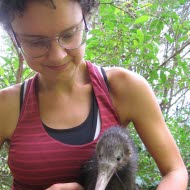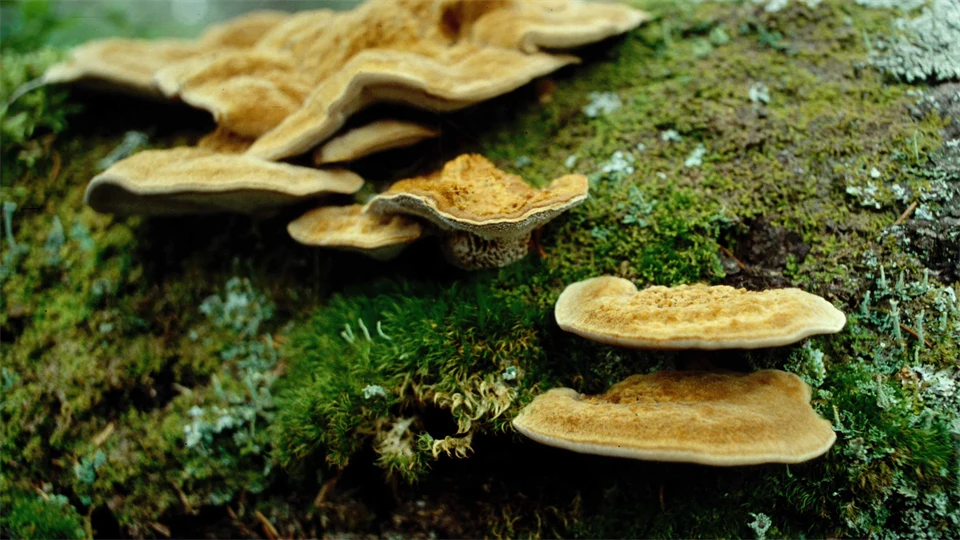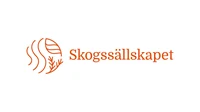Functional green infrastructure in boreal forest landscapes – the role of fragmentation in time and space for wood living fungi
It is not only the quality of individual forest stand that influence where species occur. If suitable habitats occur within short distance it increases the chance for species to remain at landscape scale.
The present project aims to support green infrastructure planning by addressing the following questions; i) are the occurrences of wood living fungi (biodiversity proxies) in fragments of natural forests affected by the temporal and spatial history of forests in the near vicinity? ii) Can a mechanistic understanding of sensitivity to fragmentation be derived from analysis of species traits? Iii) What is the current knowledge base on the role spatial and temporal landscape patterns for species conservation?
By combining wall-to-wall data on continuity forests and national ground cover data (forest types) it is possible to identify a number of natural forest stands (Woodland Key Habitats) in landscape representing different levels of connectivity in space and time. Within these areas, we will analyze the presence of wood fungi by fruit body inventories and by using a molecular method to identify a set of red listed species from mycelia inside dead wood.
We will put the empirical data from our study into context through a Systematic Review of similar studies and produce policy briefs of our results. Hence, our project will contribute to the knowledge base for functional green infrastructure and support spatial prioritization for protection of new areas and restoration efforts.
Facts
Project period
210101-241231
Subjects
Research groups
Project leader

Project members







